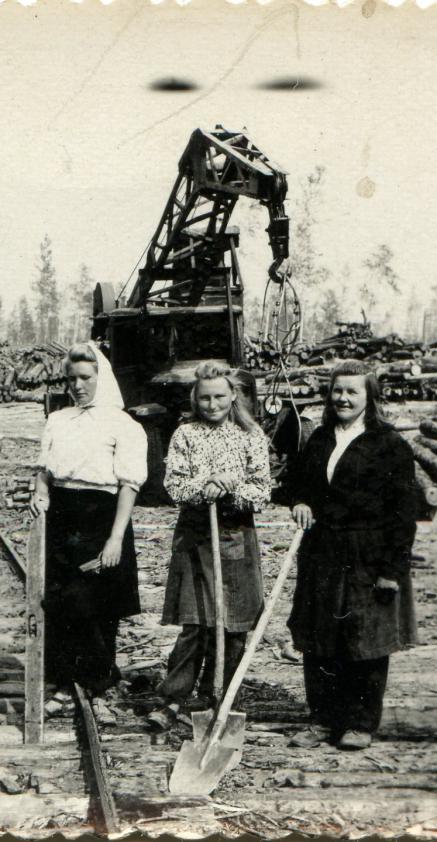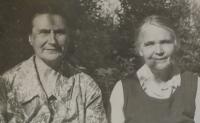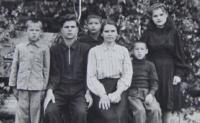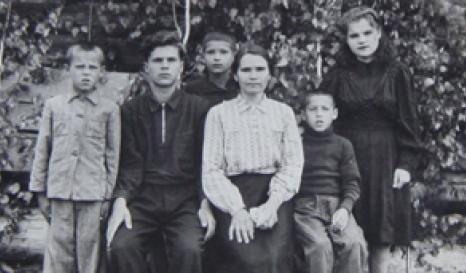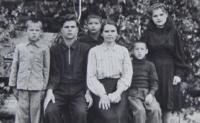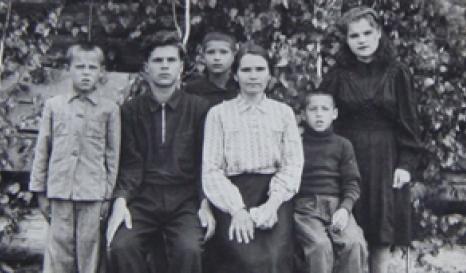European Memories
of the Gulag
ToPics
A WORLD OF WOMEN?
Many witnesses remember arriving in huts in Siberia where there were only women and their children. This world of women recurs in their recollections, and often the only male present was the commandant who came once a month to check on the various families in restricted residence in a village. The men, the fathers, were in camps, from which some would return and others didn’t. Some deportation orders specifically included “instructions for separating the deportee’s family from its head”.
It must be said that the post-war USSR was a world of women. The Second World War cost the USSR 26 million lives, mostly men.
The purges also hit men harder. Before the war, over 90% of the camp population were men. The figure was still over 80% after the war, although there were some women’s camps, such as the notorious ALZHIR in Kazakhstan.
It was a world of male domination due to labour specialisation, political and police domination. The commandants were all men. Men had the best-qualified jobs, while women counted as unqualified labourers.
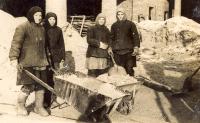
A world of women
Many witnesses remember arriving in huts in Siberia where there were only women and their children. This world of women recurs in their recollections, and often the only male present was the commandant who came once a month to check on the various families in restricted residence in a village. The men, the fathers, were in camps, from which some would return and others didn’t.
Some deportation orders specifically included “instructions for separating the deportee’s family from its head”. Men were considered more dangerous than women and generally segregation in the Gulag was strict.
The purges also hit men harder. Before the war, over 90% of the camp population were men. The figure was still over 80% after the war, although there were some women’s camps, such as the notorious ALZHIR in Kazakhstan. A number of pre-war instructions were aimed explicitly at the wives of deportees, of enemies of the motherland. They stress the strict segregation involved in the purges, not only in practice but also in the thinking of the authorities.
However, the female predominance in resettlement also reflected the high proportion of women in the Soviet Union after the Second World War. The USSR of the “second Stalinism” of the post-war years was a world with a considerable excess of women, since the war cost the Soviet Union 26 million lives, mostly men. The adult cohorts who had taken part in the fighting were particularly unbalanced.
Statistics
The general statistics available on deportation and resettlement after the Second World War seem to be at odds with the testimonies we have collected. On 1 July 1952, the figures are just under 800,000 men, just over 1 million women and just under 900,000 children, or 44% men among the adults. Are the witnesses’ memories inaccurate? Are they not remembering immediate post-war Soviet society rather than the world of the resettlers? More detail is needed to support their testimonies, because a number of reasons may explain why a general census of special resettlers may not provide the same picture as our witnesses. The census figures include peasants deported between 1929 and 1932, when men were not separated from the women and children. Similarly during the Second World War, the “punished peoples” were deported as a mass, generally without separating men from women and children. The Volga Germans, Chechens, Ingush, Greeks, etc. were sent in families to the lands of Central Asia. On the other hand, in the annexed territories after the war, men who were suspected of fighting against Soviet authority were separated from their families.
Male domination
Segregation began with the arrests. It continued in various ways in deportation, where life was even more subject to the male domination that characterised post-war Soviet society. This domination involved labour specialisation, political and police domination, etc. Commandants were all men. Men did the most qualified jobs, particularly the technical work in the growing industrial sector, while women were considered as unqualified labour. Mechanisation was associated with men, while unqualified repetitive work was given to women. There was no voluntary migration of workers in the USSR along the lines seen in Western Europe, where immigrant labour was brought in from abroad to fill the lack of unqualified workers, making up the least advantaged groups in society. This did not happen in the USSR, and even in the 1970s, there was no migration from the southern Soviet republics in Central Asia, which the authorities had seen after the Second World War as a potential reservoir of labour. Women filled the gap.
Alain Blum and Emilia Koustova
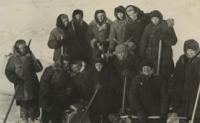
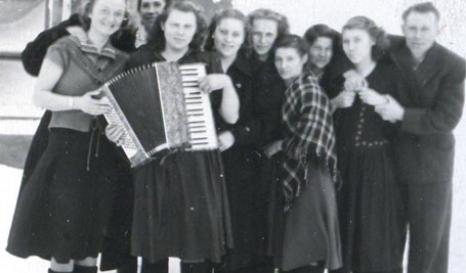 Young people on the kolkhoz
Young people on the kolkhoz
© Valli Arrak
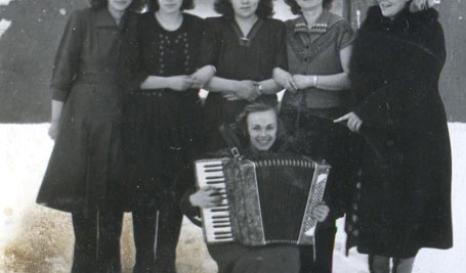 Drawing of “Siberian costumes” of Valli Arrak’s friends, drawn by her on 23 November 1952
Drawing of “Siberian costumes” of Valli Arrak’s friends, drawn by her on 23 November 1952
© Valli Arrak
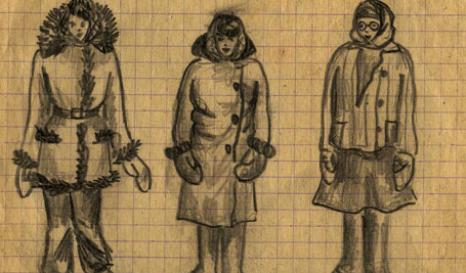 A brigade of working girls
A brigade of working girls
© Rimgaudas Ruzgyz
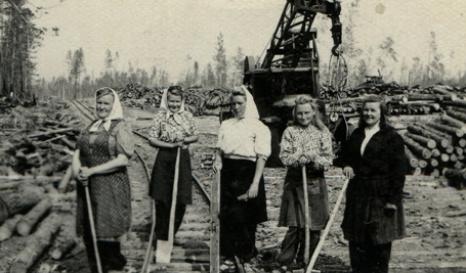 A women’s brigade building a railway
A women’s brigade building a railway
© Rimgaudas Ruzgyz
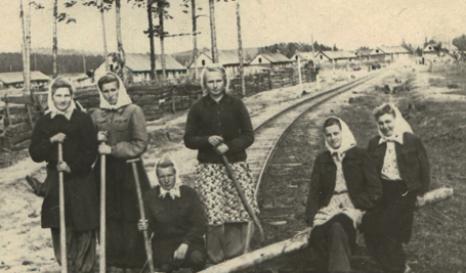 A working brigade logging
A working brigade logging
© Rimgaudas Ruzgyz
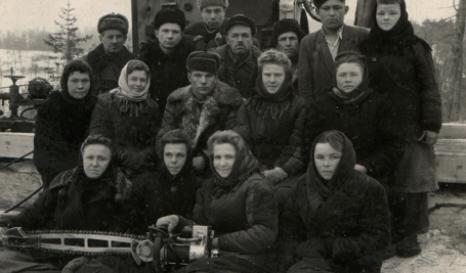 Women working
Women working
© Rimgaudas Ruzgyz
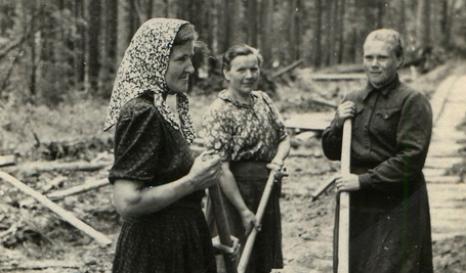 Women working
Women working
© Rimgaudas Ruzgyz
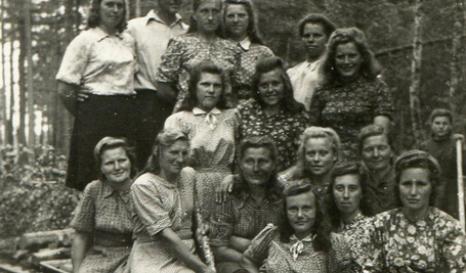 A birthday
A birthday
© Rimgaudas Ruzgyz
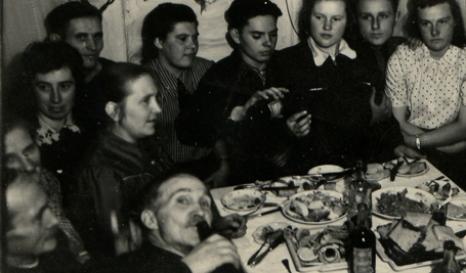 Anatanas Kybartas’s mother in a group of women
Anatanas Kybartas’s mother in a group of women
© Anatanas Kybartas
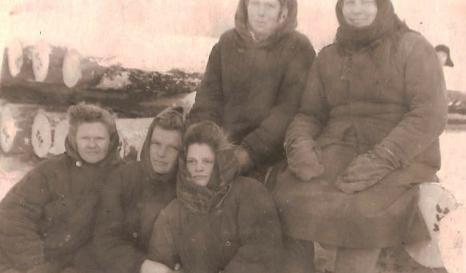 Resettlers from the same railway wagon. Anatanas Kybartas is the youngest
Resettlers from the same railway wagon. Anatanas Kybartas is the youngest
© Anatanas Kybartas
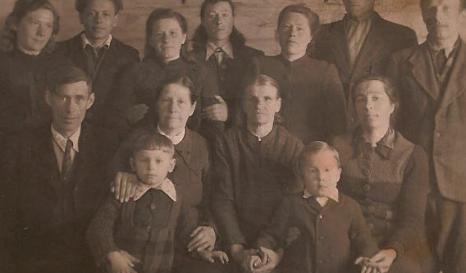 Funeral of Danuta Wojciechowska’s sister in Kazakhstan
Funeral of Danuta Wojciechowska’s sister in Kazakhstan
© Danuta Wojciechowska
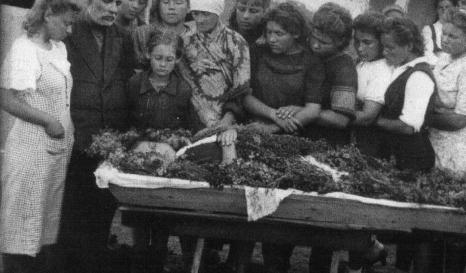 Celebration in a resettlement village
Celebration in a resettlement village
© Irina Tarnavska
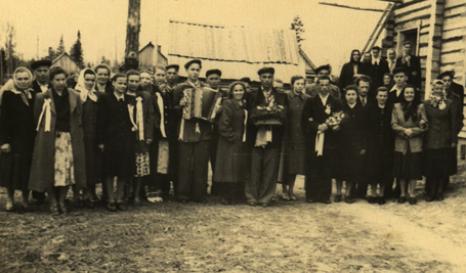 In a resettlement village
In a resettlement village
© Irina Tarnavska
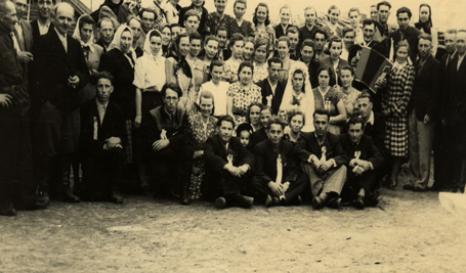 Lithuanian women in Kaltuk, 1950s
Lithuanian women in Kaltuk, 1950s
© Larissa Salakhova
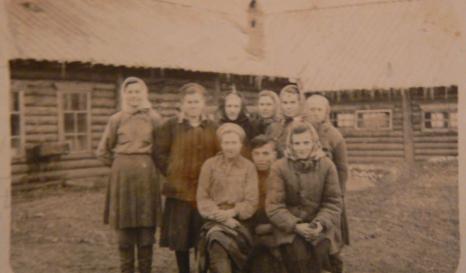 Lituaniennes à Kaltouk, années 1950
Lituaniennes à Kaltouk, années 1950
© Larissa Salakhova
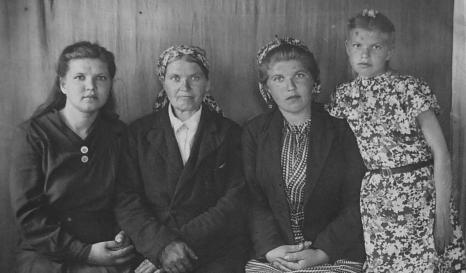
© Alexandra Fotieva
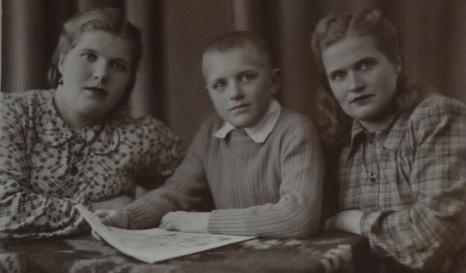
© Alexandra Fotieva
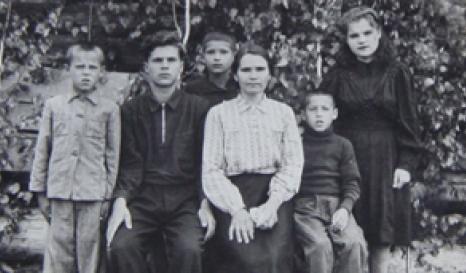
© Alexandra Fotieva
Women in deportation
These photographs are not all intended to show how many women there were in deportation. Some rather reveal the sharp segregation: the work brigades were often arranged like that, separating men and women. Social life also often depended on gatherings of girls together or boys together.
But some photographs do clearly show the high proportion of women.
In every case, they reveal a certain atmosphere, underpinned by gender relations.
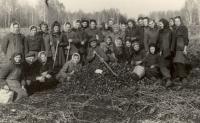
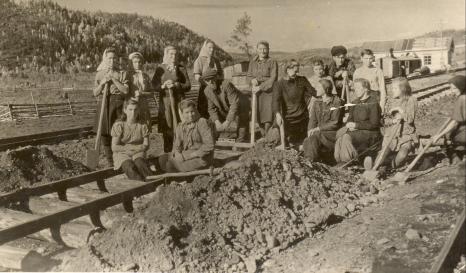
© Okupacijų ir laisvės kovų muziejus (Vilnius)
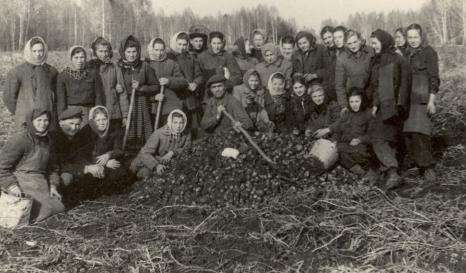
© Okupacijų ir laisvės kovų muziejus (Vilnius)
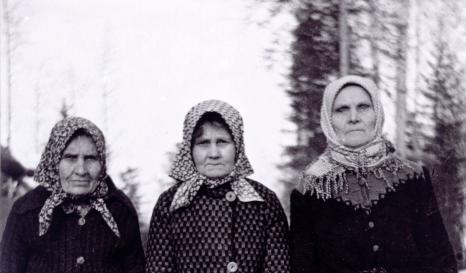
© Okupacijų ir laisvės kovų muziejus (Vilnius)
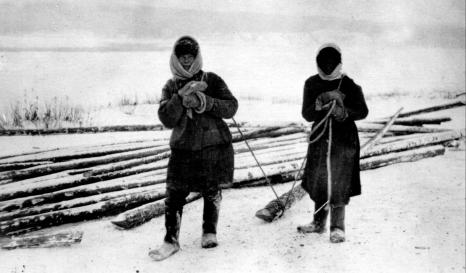
© Okupacijų ir laisvės kovų muziejus (Vilnius)
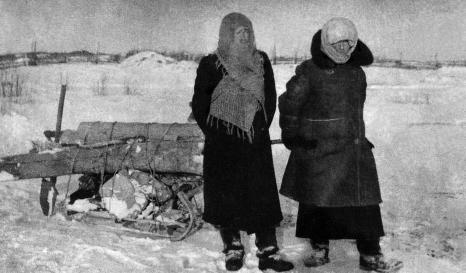
© Okupacijų ir laisvės kovų muziejus (Vilnius)
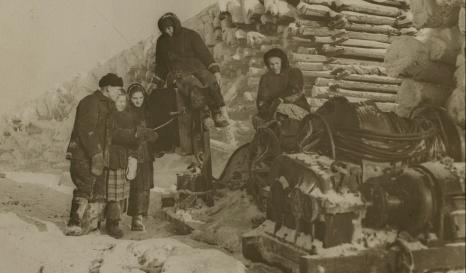
© Okupacijų ir laisvės kovų muziejus (Vilnius)
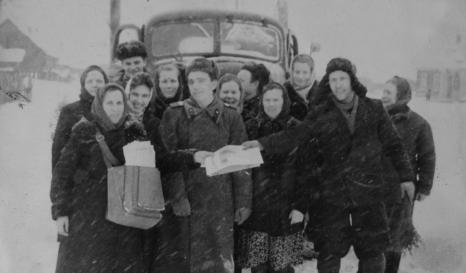
© Neizer
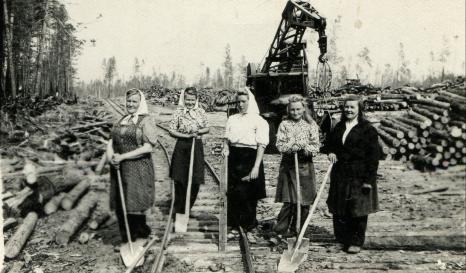 © Rimgaudas Ruzgys
© Rimgaudas Ruzgys
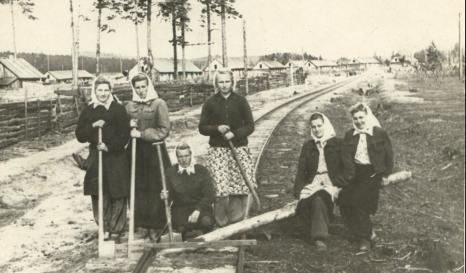
© Rimgaudas Ruzgys
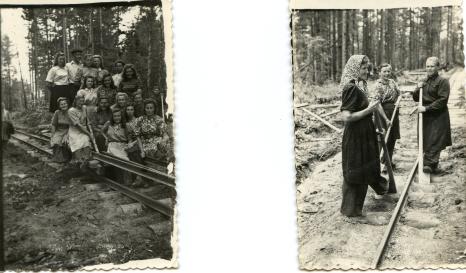
© Rimgaudas Ruzgys
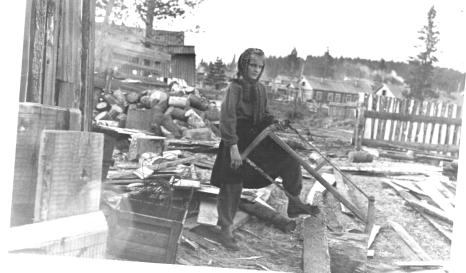
© Anatolij Smilingis
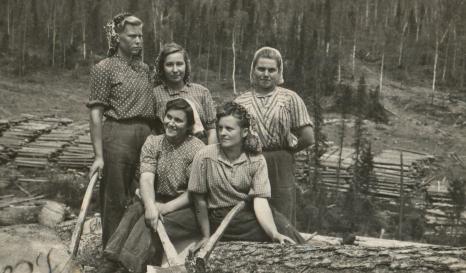
© Zvirblis
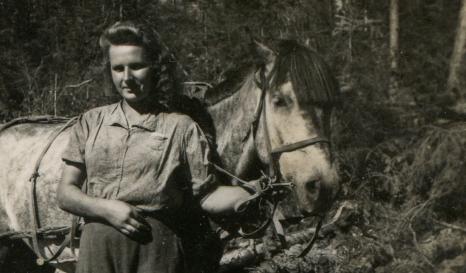
© Zvirblis
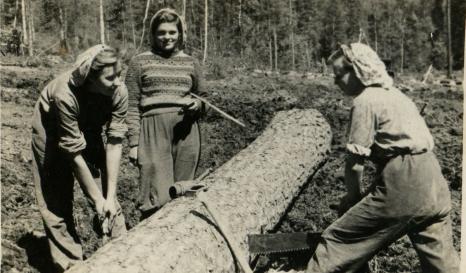
© Zvirblis
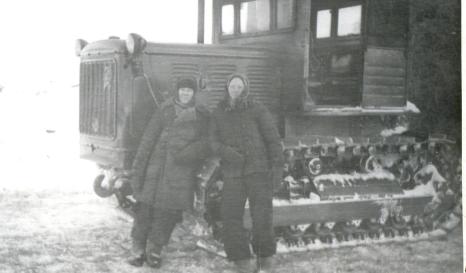
© Valli Arrak
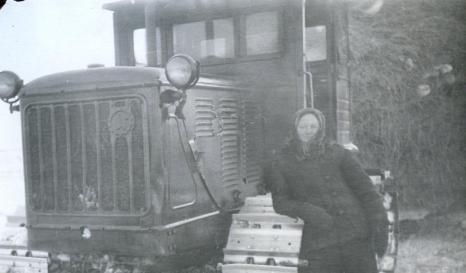
© Valli Arrak
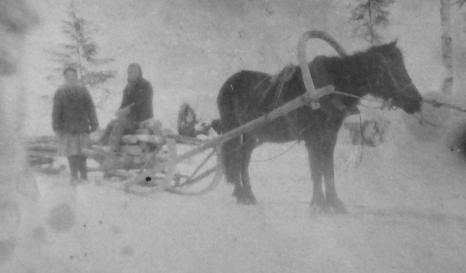
© Berezutskaja
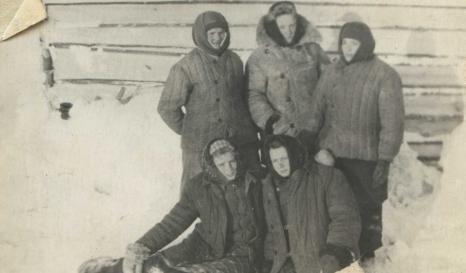 © Joggias
© Joggias
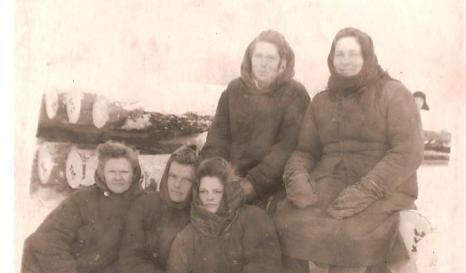 © Kybartas
© Kybartas
Women working
Many photos taken of work show groups of women, sometimes with a few men, suggesting that the world of deportation was often very female. It is also possible that the working groups were segregated into men and women.
At all events, the photos show that women did a lot of manual jobs that in those days were traditionally done by men.


